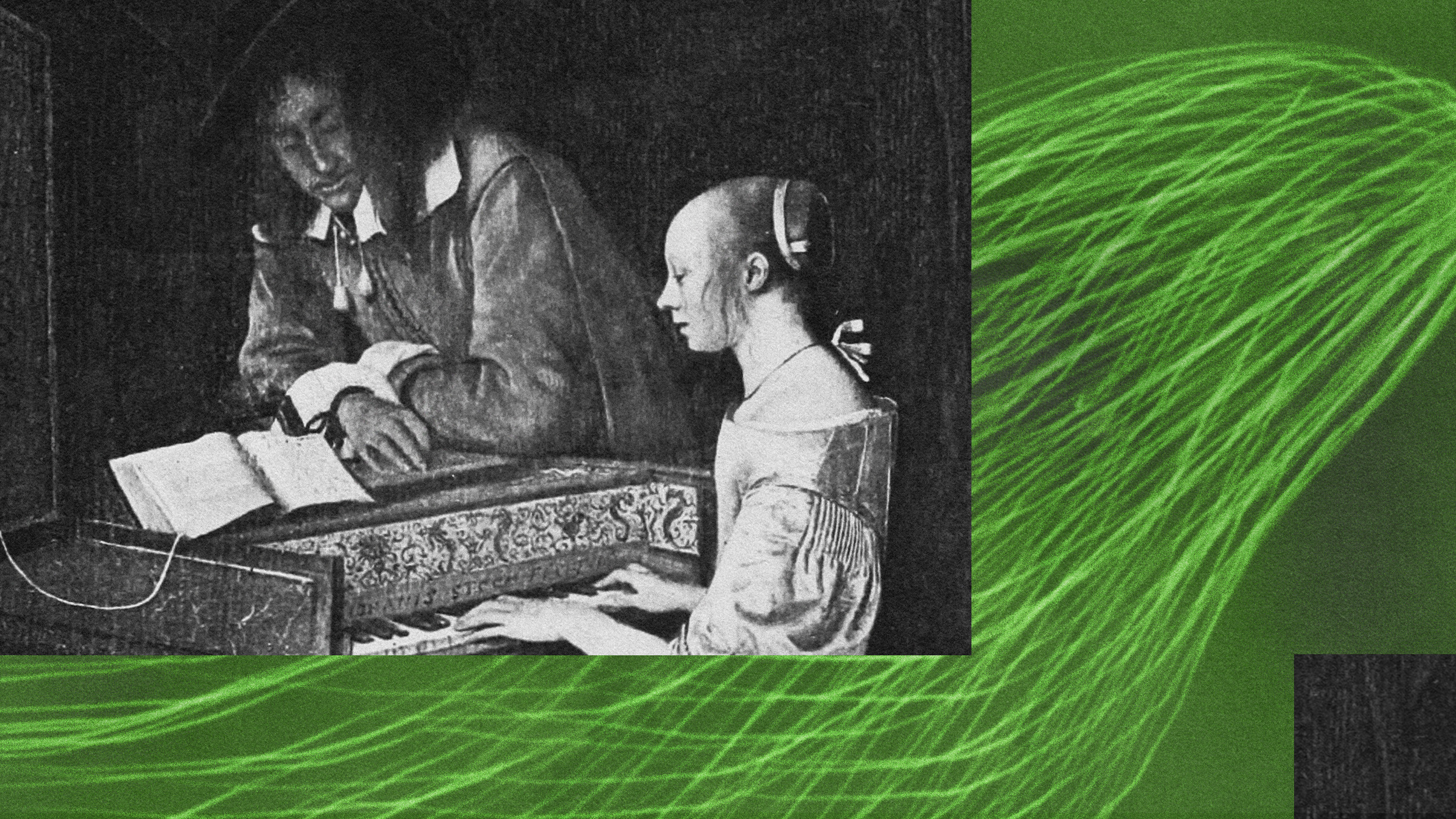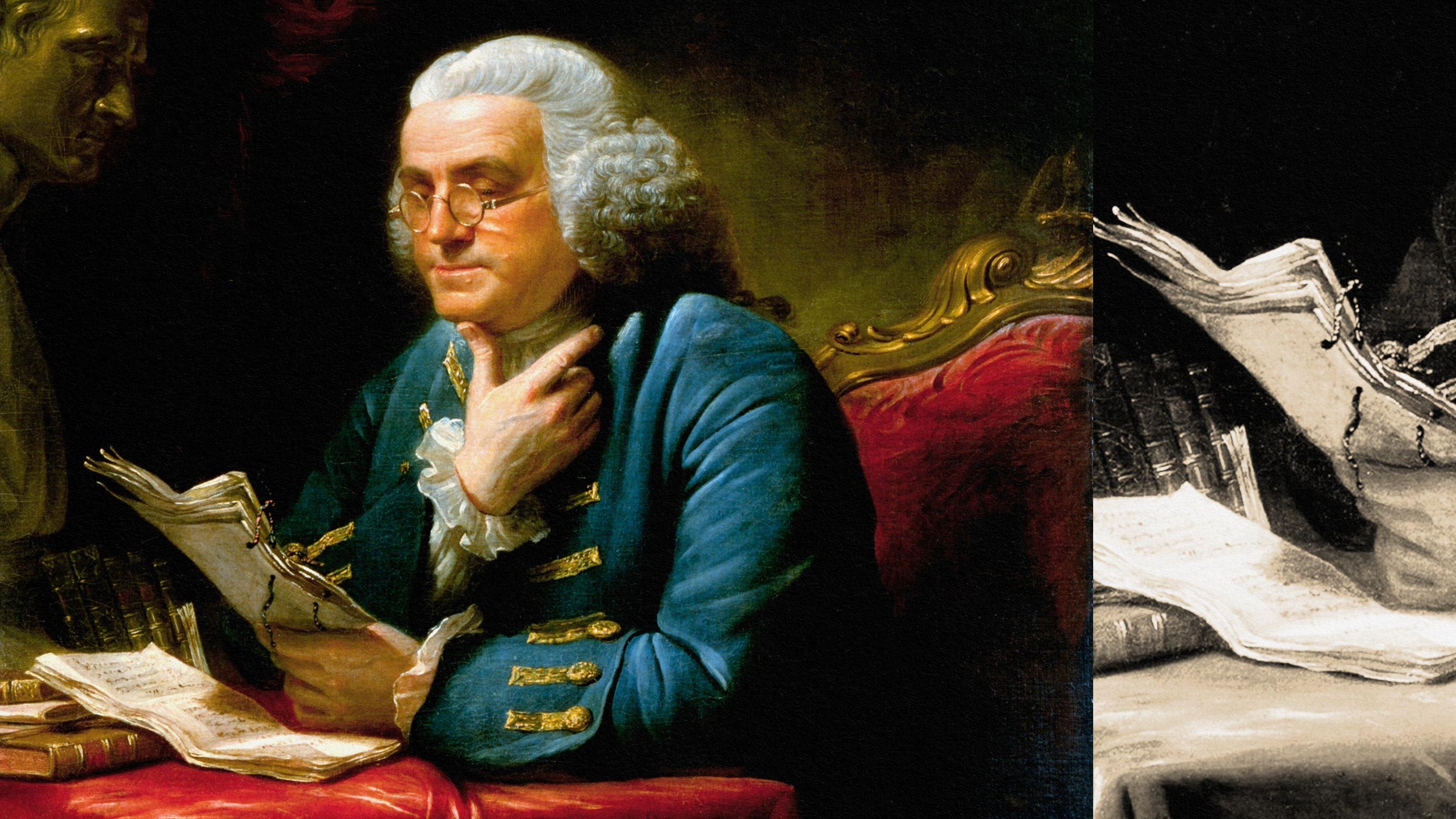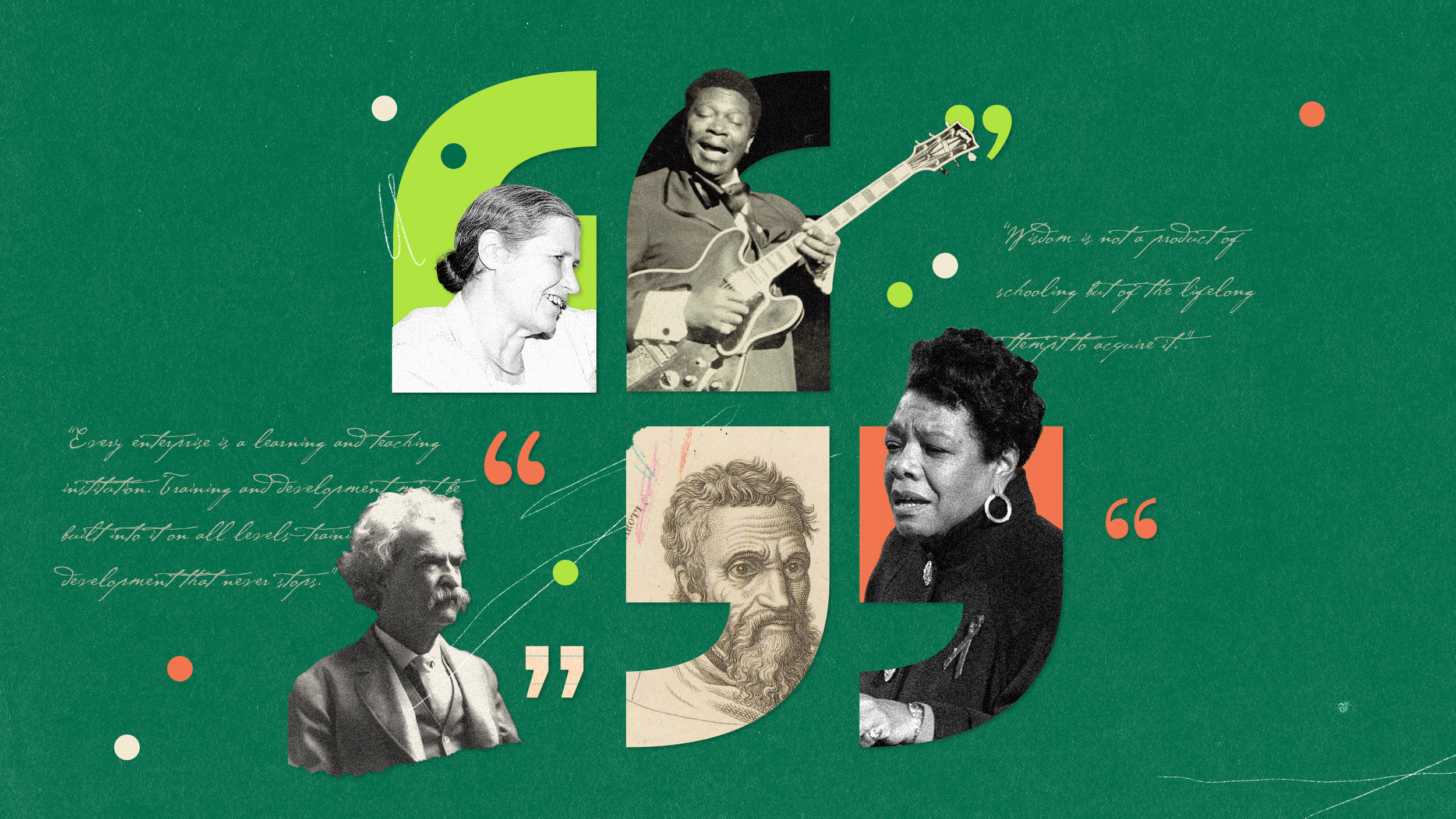7 habits of the best self-directed learners

(Photo by Peter Cade/Getty Images)
- Bill Gates, Mark Zuckerberg, and Ellen DeGeneres all dropped out of college, yet they became leaders in their fields. Their secret? Self-directed learning.
- Self-directed learning can help people expand their knowledge, gain new skills, and improve upon their liberal education.
- Following habits like Benjamin Franklin’s five-hour rule, the 80/20 rule, and SMART goals can help self-directed learners succeed in their pursuits.
People are captivated by the stories of individuals who eschewed traditional education yet still became titans in their field. Bill Gates, Ellen DeGeneres, Anna Wintour, Henry Ford, John D. Rockefeller; none of them has a college degree, but they have all achieved fame and a level of success few can match. How did they do this? They are self-directed learners.
Nowadays, self-directed learning is less of a cultural curio and more of an economic necessity. New knowledge accumulates so quickly, and industries change so rapidly, traditional education paths can’t keep pace. Unless your specialty is the pottery fashions of Ancient Greece, chances are your diploma is out of date before the ink dries. (Even then, you never know when some newly discovered Pompeii will upend terracotta paradigms.)
Need help getting into the practice? Here are seven habits shared by the best self-directed learners.
Take ownership of your learning
Malcolm Knowles was an educator and a champion for adult learning (a.k.a. andragogy). He described self-directed learning as a process “in which individuals take the initiative, with or without the help of others, in diagnosing their learning needs, formulating learning goals, identifying human and material resources for learning, choosing and implementing appropriate learning strategies, and evaluating learning outcomes.”
The habits we’ll discuss here address all these points, but the first step is always to take the initiative.
As Salman Khan, founder of Khan Academy,told Big Think, this isn’t that much different from high school or college learning. “There is this illusion that is created in our classical education system that someone is teaching it to you,” Khan said. “Really, they are creating a context in which you need to pull information and own it yourself.”
The difference is that self-directed learners need to create that context for themselves. They do this by engaging in learning through a growth mindset. Traditional education can inadvertently saddle students with fixed mindsets (i.e., students are either naturally gifted at a subject or not, and their grades will reflect this). A growth-mindset student, on the other hand, knows that improvement is possible, even if it isn’t easy.
Set SMART goals
Once you have theinitiative, you need to set goals. Otherwise, rewards will always remain nebulous and unobtainable, and rewards are necessary if you are to remain motivated.
The best self-directed learners know to set SMART goals. SMART is an acronym that stands for Specific, Measurable, Action-oriented, Realistic, and Time-defined. Any goals you set should meet these criteria.
Pay close attention to realistic time management. Self-directed learning is generally done in our few, precious off-hours. Teaching yourself programming is great. Trying to program an entire video game within a year is a bit much. Break it down into smaller chunks and give yourself time.
If you’re curious, the opposite of a SMART goal is a VAPID one—that is, Vague, Amorphous, Pie-in-the-sky, Irrelevant, and Delayed. Don’t be a VAPID learner.

A lithograph of Benjamin Franklin and his son William performing their famous kite-and-key experiment.
(Photo by Hulton Archive/Getty Images)
Benjamin Franklin’s five-hour rule
Benjamin Franklin was an author, statesman, inventor, and entrepreneur. He also left school when he was 10. How did he amass the knowledge necessary to succeed in so many trades with so little schooling? He set aside an hour every weekday for deliberate learning. He would read, write, ruminate, or devise experiments during that time.
Author Michael Simmons calls thisFranklin’s five-hour rule, and he notes that many of the best self-directed learners use some form of the method. Bill Gates reads roughly a book a week, while Arthur Blank reads two hours per day.
Be sure to spread your five hours throughout the week. Your brain wasn’t designed for cram sessions, and trying to squeeze a week’s learning into one day will ensure you forget a lot of the material. Additionally, our brains’ neural networks need to time process information, so spacing out our learning helps us memorize difficult material more efficiently.

A photo of Bill Gates taken on April 19, 2018, in Berlin, Germany.
(Photo by Inga Kjer/Getty Images)
Active learning
Salman Kahn created Kahn Academy to engage learners with exercises they could do themselves. Active learning, he says, helps students better understand the material and know when to apply which skills.
It is easy to engage actively with gardening or math problems, but what about subjects like history, where participation comes mainly through reading books? Bill Gates has a solution for that. He uses marginalia—note-taking in the margins of a book—to turn reading into a vibrant conversation with the author.
“When you’re reading, you have to be careful that you really are concentrating,”Gates told Quartz. “Particularly if it’s a non-fiction book, are you taking the new knowledge and attaching it to knowledge you have. For me, taking notes helps make sure that I’m really thinking hard about what’s in there.”
Prioritize (the 80/20 rule)
In the early 20th century, Italian economist Vilfredo Pareto noticed that 20% of Italy’s population owned 80% of its land. His analysis was later expanded into the Pareto principle (a.k.a. the 80/20 rule). This rule broadly states that 80% of your results will stem from 20% of your actions.
The best self-directed learners use this rule to prioritize their study time. They focus on the 20% of actions that net them the most results. If someone wants to learn to crochet, they don’t need to understand the history of primitive textiles to do that (as fascinating as that may be). They need to invest their learning time at hands-on applications and only use spare time to brush up on nålebinding (again,super fascinating).

People studying in the New York Public Library’s Rose Reading Room.
(Photo by Sascha Kilmer/Getty Images)
Visit the library
This one may not apply to learners with the means of, say, Bill Gates, but for most of us, financial limits can interfere with our ability to accrue new supplies. Enter the library. A good research library has books on most any subject, has access to a host of online resources, and can connect you with like-minded professionals or groups.
AuthorRay Bradbury couldn’t afford to go to college and instead visited the local library three times a week. He went on to become one of the most celebrated authors of the 21st century.
“A college cannot educate you; a library can educate you,”Bradbury said. “You go to the library to find yourself. You pull those books off the shelf, you open them, and you see yourself there. And you say, ‘I’ll be goddamed, there I am!'”
Employ your own motivation
The traditional education path gives you a very clear motivation: Get a good grade to get a good job. Self-directed learning provides no clear motivation, so you’ll have to create your own.
Entrepreneur Mark Cuban urges people to never stop learning. The near 60-year-old billionaire is currently teaching himself to code in Python. His reason? He believes the world’s first trillionaire will make their fortune with artificial intelligence, and he doesn’t want to be left behind.
“Whatever you are studying right now, if you are not getting up to speed on deep learning, neural networks, etc., you lose,”Cuban told CNBC. “The more I understand it, the more I get excited about it.”
Of course, your motivation doesn’t have to be finding the next million-dollar venture. It could be as simple as expanding your liberal education for self-improvement, learning a new skill set to advance in your field, or simply reading a book to share in conversation with others. Whatever the case, the motivation needs to come from you.





